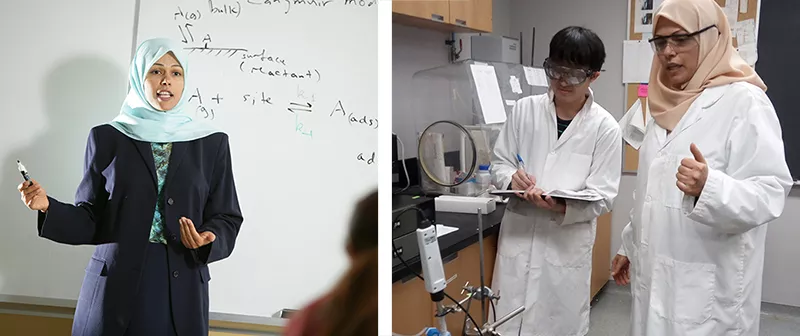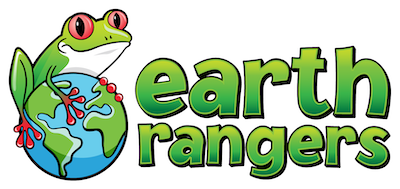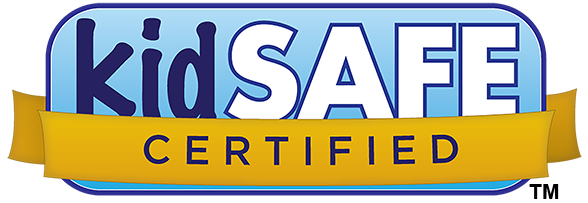
Can’t get enough of Emma’s chemistry corner? Well, this episode is going to be a treat for you. With help from our friends at BASF, we give you all five episodes of Emma’s Chemistry Corner in a row! We also bring you lots more exciting animal stories from our listeners.

#1
Earth Ranger Emma is exploring the secrets and wonders of Chemistry with the help of our friends at BASF. She’ll even lead you in some experiments that real chemists do – experiments that you can do at home! Since they’re kid-friendly, you won’t need a lab coat and safety goggles to do them, but you’ll still feel like a super scientist! Catch Earth Ranger Emma in her Chemistry Corner!
#2
In this Chemistry Corner – Emma talks about biology, the connection between mosquitoes and elephants, and why we really need to know chemistry to truly understand the living world. She’ll also introduce some really cool animals that took chemistry to the next level like these:

#3
In this Chemistry Corner, Emma is exploring one really important chemical reaction that happens in many living creatures, but not in animals. It’s called photosynthesis, and it’s how plants make their own food. She will also guide you through an experiment that you can actually do at home!
In this experiment, called ‘chromatography’ – we’ll separate the green molecule that plants use for photosynthesis. This molecule is called chlorophyll– and it enables plants to use the light energy from the sun to make their own food (and ours!).
All you need is:
- a coffee filter
- scissors
- rubbing alcohol (or nail polish)
- a pen or a pencil
- a bowl with hot water
- different type of leaves (spinach or lettuce work really well, but any type of leaf is OK)
- a jar (If you want to compare between different leaves you’ll need a few jars, one for each type of leaf)
- help from a parent




#4
In this Chemistry Corner – Emma will help you become environmental scientists, using red cabbage! Why red cabbage? It has a special molecule called anthocyanin that changes its colour according to how acidic something is.
To follow along with our colour changing experiment, follow the instructions below.
What you’ll need is:
- one red cabbage
- big pot or bowl that can contain boiling water
- liquid or water-soluble materials you’d like to examine (we recommend: lemon juice, vinegar, salt, egg white, liquid soap and laundry detergent)
- One glass half-filled with cold water and one spoon for each of the materials
- A ladle
- help from a parent


#5
In this Chemistry Corner, Emma talks to real-life environmental chemist Professor Hind Al-Abadleh from Wilfrid Laurier University Waterloo, about how we use chemistry in order to reduce air pollution and help fighting climate change.

How did your experiments turn out? We’d love to see your results. If you want to share, ask your parents to follow Earth Rangers on Facebook, Twitter or Instagram and tag your photo as
#EmmasChemistry
We want to hear from you!
You can send in a voice message by pressing the green button or use the voice recorder on a smart phone and ask your parents to email it to podcast@earthrangers.com
What do you think about chemistry?
Did you follow along with the experiments?
What is your favourite atom/molecule/chemical reaction?
Share your thoughts in the comments below!
CLICK HERE to listen to more great kids and family shows at BestRobotEver.com





